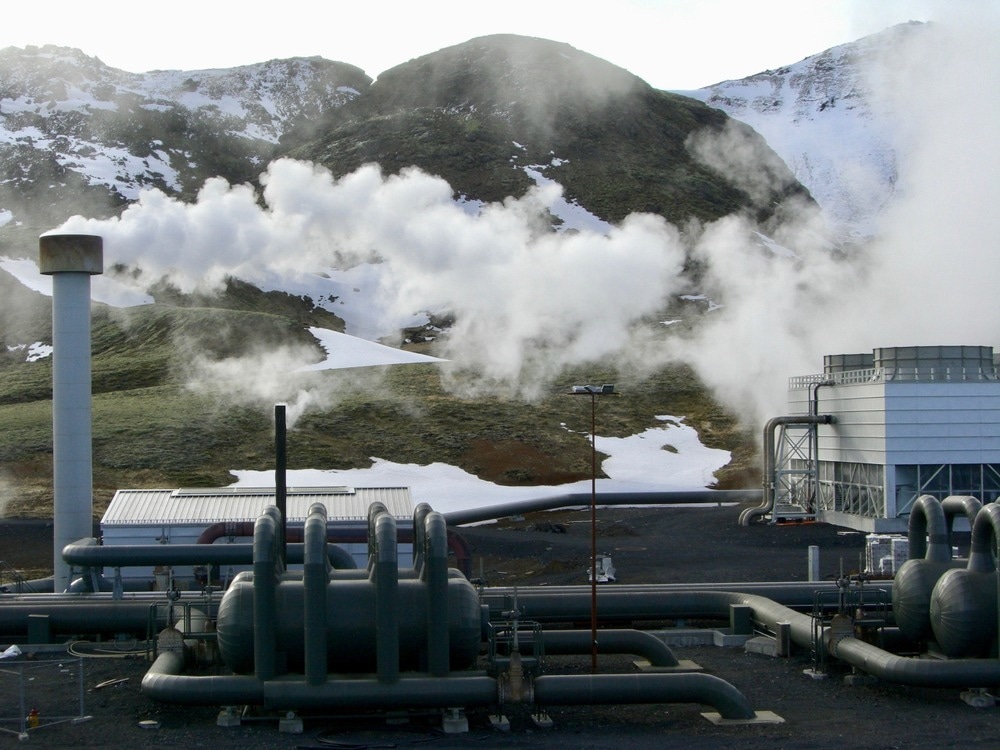One of the main challenges to the globalization of the hydrogen economy is embrittlement. Researchers at the University of Sydney have discovered a novel technique that could help improve prevention.

Image Credit: Glenmore/Shutterstock.com
The major mystery facing engineers and researchers trying to devise large-scale transport and storage solutions for the hydrogen age—an era Australia aspires to dominate by 2030—is why hydrogen makes steel brittle and break.
Thanks to a new study from the University of Sydney, they could be one step closer to knowing how hydrogen impacts steel. The researchers discovered that steel strengthened with metal carbides could significantly boost its capacity to trap hydrogen by adding the chemical element molybdenum.
The finding, which was presented in Nature Communications, was made possible by a group that includes Dr. Ranming Liu, Ph.D. candidate Pang-Yu Liu, led by Pro Vice-Chancellor (Research - Enterprise and Engagement) Professor Julie Cairney and Dr Yi-Sheng (Eason) Chen.
They employed cryogenic atom probe tomography, an innovative microscopy method developed at the University of Sydney that enables direct monitoring of hydrogen distribution in materials.
We hope this study will get us closer to revealing exactly why hydrogen embrittlement occurs in steel, paving the way for large-scale solutions to hydrogen transport and storage.
Julie Cairney, Pro Vice-Chancellor (Research - Enterprise and Engagement), The University of Sydney
Hydrogen embrittlement makes strong materials like steel fragile and prone to cracking. Since it makes it impossible for hydrogen to be efficiently transported and stored at high pressures, the researchers claim that this is one of the main barriers to the shift to a hydrogen economy. For the renewables market, comprehending and resolving embrittlement is a multibillion-dollar issue.
The future of a large-scale hydrogen economy largely comes down to this issue. Hydrogen is notoriously insidious; as the smallest atom and molecule, it seeps into materials, then cracks and breaks them. To be able to effectively produce, transport, store and use hydrogen on a large-scale, this is not ideal.
Dr Yi-Sheng (Eason) Chen, Postdoctoral Fellow, The University of Sydney
According to Deloitte, the market for clean hydrogen could grow to USD$1.4 trillion by 2050.
How the Process Worked
When molybdenum and other elements are added to steel, an extremely durable ceramic known as “carbide” is created. Steels frequently include carbides to make them stronger and more resilient.
Using their sophisticated microscopy approach, the researchers saw that the trapped hydrogen atoms were near the center of the carbide sites, indicating that molybdenum addition aids in hydrogen trapping. When this was compared to a benchmark titanium carbide steel, the hydrogen trapping process was different.
Dr Chen added, “The addition of molybdenum helped boost the presence of carbon vacancies—a defect in carbides that can effectively capture hydrogen.”
The researchers claim that because the additional molybdenum accounted for only 0.2% of the total steel, it effectively prevented embrittlement. Niobium and vanadium, according to the researchers, can potentially have similar effects on steel.
Declaration
Australian Research Council’s Linkage Project (LP180100431 and LP210300999) Early Career Industry Fellowship (IE230100160), Future Fellowship (FT180100232), LIEF (LE190100048), the 2019 University of Sydney (Postdoctoral) Fellowship and the Taiwan-University of Sydney Scholarship supported the study.
Journal Reference:
Liu, P.-Y., et. al. (2024) Engineering metal-carbide hydrogen traps in steels. Nature Communications. doi:10.1038/s41467-024-45017-4